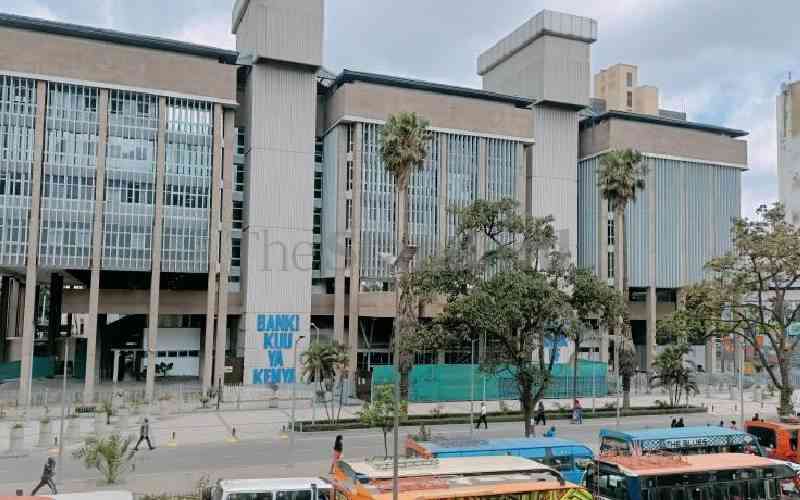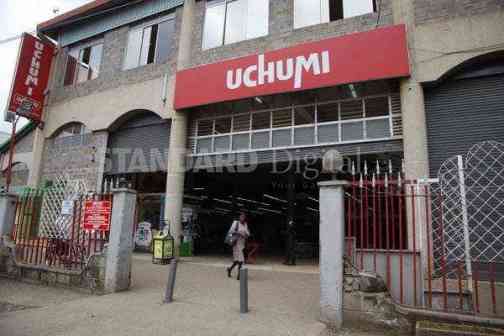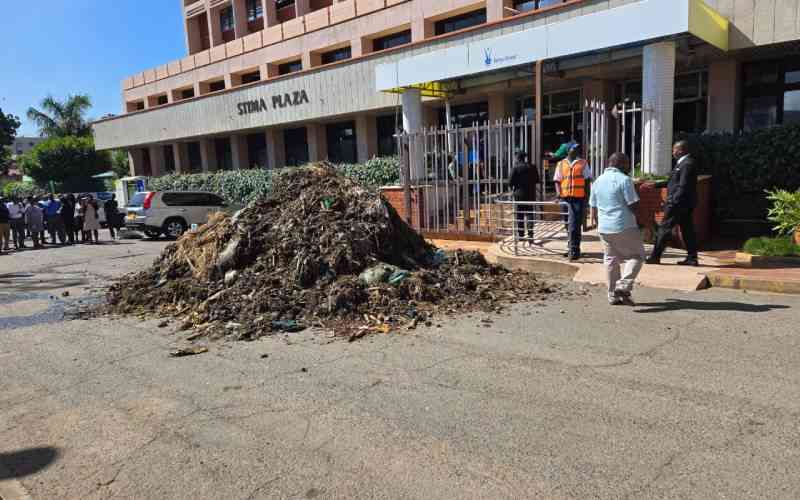
Kenya’s banking sector is tightening its grip on deposits, opting to hold onto its piles of cash rather than extend loans to small businesses, according to a recent survey by the Central Bank of Kenya (CBK).
This cautious stance is pushing many businesses to seek alternative funding sources outside traditional banking streams.
The survey, published yesterday by the banking regulator included responses from 38 commercial banks and 14 microfinance banks.
Its findings establish that executives expect a slowdown in credit growth through 2024.
High lending rates, a stronger shilling impacting foreign loans, and earlier CBK interventions are cited as key factors in this trend.
The shift to risk-based pricing has further dampened the appetite for new facilities, contributing to rising non-performing loans (NPLs).
“Bank respondents expect lower private sector credit growth in 2024 compared with 2023 largely due to higher lending rates,” the CBK survey revealed.
Additionally, the recent Gen Z-led protests and a generally cautious lending stance have delayed investments and contributed to diminished credit growth.
About 73 per cent of bank leaders anticipate however that Christmas festive season spending will drive demand for credit, while 55 per cent expect short-term borrowing to support working capital needs.
Despite this, a significant 75 per cent noted that high credit costs are causing Kenyan corporates to adopt a wait-and-see approach.
Risks to economic growth were highlighted by 77 per cent of respondents, who pointed to constrained government spending following the rejection of the controversial Finance Bill and reduced consumer purchasing power.
The dropped proposed controversial finance bill by the Ruto government aimed at increasing taxes but faced fierce opposition from Kenyans already burdened by economic hardships.
Furthermore, around 60 per cent of banks indicated that the recent protests could hinder the country’s economic performance in 2024.
The CBK’s recent decision to cut the Central Bank Rate (CBR) from 12.75 per cent to 12.00 per cent aims to bolster economic activity amid declining inflation.
However, banks have been slow to pass these rate cuts onto borrowers, citing concerns over rising funding costs and the quality of their loan portfolios.
Despite the CBR reduction, lending to the private sector has sharply declined, with growth falling from 3.7 per cent in July to just 1.3 per cent in August.
This contraction is largely attributed to an increase in non-performing loans (NPLs), which rose to 16.7 per cent of gross loans in August, up from 16.3 per cent the previous month.
In light of these challenges, banks are adopting a conservative approach, focusing on existing relationships with larger, lower-risk clients, while small and medium enterprises (SMEs) find themselves increasingly sidelined.
Many former clients report not only a lack of new loans but also unexpected demands to repay existing lines of credit, leaving them to navigate a tightening credit landscape.
As banks continue to tighten their lending standards, concerns are mounting over the potential negative impacts on the broader economy, including reduced access to credit for businesses and households, a slowdown in economic growth, and rising unemployment.
 The Standard Group Plc is a multi-media organization with investments in media
platforms spanning newspaper print operations, television, radio broadcasting,
digital and online services. The Standard Group is recognized as a leading
multi-media house in Kenya with a key influence in matters of national and
international interest.
The Standard Group Plc is a multi-media organization with investments in media
platforms spanning newspaper print operations, television, radio broadcasting,
digital and online services. The Standard Group is recognized as a leading
multi-media house in Kenya with a key influence in matters of national and
international interest.
 The Standard Group Plc is a multi-media organization with investments in media
platforms spanning newspaper print operations, television, radio broadcasting,
digital and online services. The Standard Group is recognized as a leading
multi-media house in Kenya with a key influence in matters of national and
international interest.
The Standard Group Plc is a multi-media organization with investments in media
platforms spanning newspaper print operations, television, radio broadcasting,
digital and online services. The Standard Group is recognized as a leading
multi-media house in Kenya with a key influence in matters of national and
international interest.











